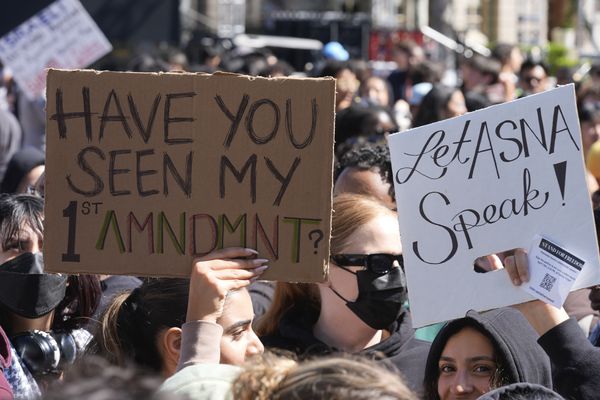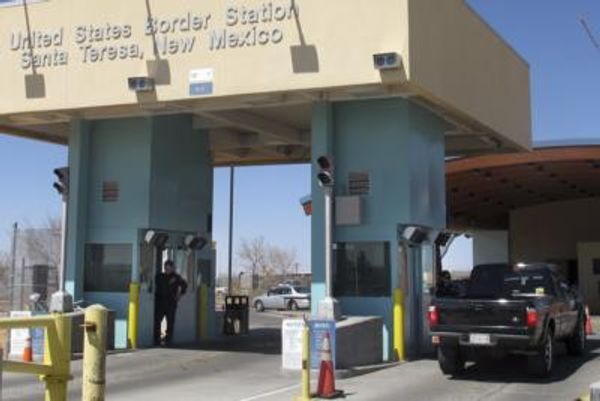
Just a few days after seeing the clocks “spring forward” the U.S. Senate passed a bill Tuesday that would make daylight savings time (DST) permanent.
The Sunlight Protection Act, S.623, which will now go to the House and ultimately to the desk of President Biden to sign into law, could see the end of the twice-yearly habit of changing the clocks from Standard Time to DST and back.
The result will be:
- an extra hour of sunshine at the end of summer evenings (as we have now with DST).
- an extra hour of darkness at the start of winter mornings (which we currenntly avoid by returning to Standard Time).
It was originally designed by Europeans to save fuel, the idea being that with more daylight in the evening—because of a later sunset—there is less need for artifical lighting.
DST has been in operation for 104 years, though it was standardized only in 1966 by the Uniform Time Act.
Is this potential change to our relationship with sunrises and sunsets and the length of daylight important? Is permanent DST something to cheer about ? Or lament?
Here’s everything you need to know about DST:
What is DST?
Daylight Savings Time (DST) is an attempt to push sunset back an hour during summer, instead of “wasting” that extra hour of daylight early in the morning when most people are in bed. In practice, its exact effect depends on where you live in the U.S. with locations further west in a time zone more affected by the clocks “springing forward.”
In most of the the U.S. (notably not Arizona or Hawaii, who remain on Standard Time) DST begins onnthe second Sunday in March and persists until the first Sunday in November.
This year it began on Sunday, March 13, 2022. That date saw the clocks “spring forward” by an hour at 2 a.m. Come fall the clocks will “fall back” at 2 a.m. on Sunday, November 6, 2022.
That will still happen whether or not the Sunlight Protection Act becomes law because it applies to 2023 and beyond. So the final time most of the U.S. changes it clocks could be in March 2023.
What is the immediate effect of the change to DST?
As of this week the Sun appears to be setting about an hour later than it was last week. It also appears to be rising an hour later, so the early mornings are darker.
The clocks “springing forward” is good news for those that prefer to drive home from work while it’s still light, though there is actually evidence that the spring transition to DST acutely increases fatal traffic accident risk by 6% in the U.S. particularly in the morning.
There are other serious side-effects of the change from Standard Time to DST, such as more depressive episodes, cluster headaches, suicides, sleep problems, and heart attacks.
What’s wrong with the Sunlight Protection Act?
The trouble with the Sunlight Protection Act isn’t summer time—when DST is in operation—but winter when there will be one hour less of daylight at the start of each day.
If you hate the dark mornings betwen November and February, when you have to go to work or to school before sunset, the Sunlight Protection Act cold become the bane of your life.
In winter, with DST in place, an extra hour of sunlight at the end of the day means an extra hour of darkness at the beginning. On the flip-side, those mid-winter days when it’s dark before you even finish work or school will be far less numerous.
It’s also going to mean that solar noon—when the Sun is overhead—will always occur at 1 p.m. rather than noon.
Why not ditch DST?
Instead of making DST permanent, as the Sunlight Protection Act does, lawmakers could consider getting rid of it altogether to stick with Standard Time, thereby limiting the effect of dark mornings in winter—as happens curently—and sacrificing late sunsets in summer.
Most Americans don’t like changing the clocks, but there’s actually a narrow majority is favor of sticking to Standard Time (43%) rather than just having DST (32%).
It’s perhaps no coincedence that the Sunlight Protection Act has been passed by the Senate just a few days after everyone lost an hour’s sleep as the clocks sprang forward. Would it have passed so easily if held within days of them getting an extra hour in bed after November’s “fall back” to help make the mornings lighter?
Either way, it begs the question: why mess with nature?
Trying to exert any kind of control over, or mitigation of, when the Sun comes up and goes down—particularly when the length of a day changes drastically throughout the year the farther north you go—is a thankless task.
Wishing you clear skies and wide eyes.







